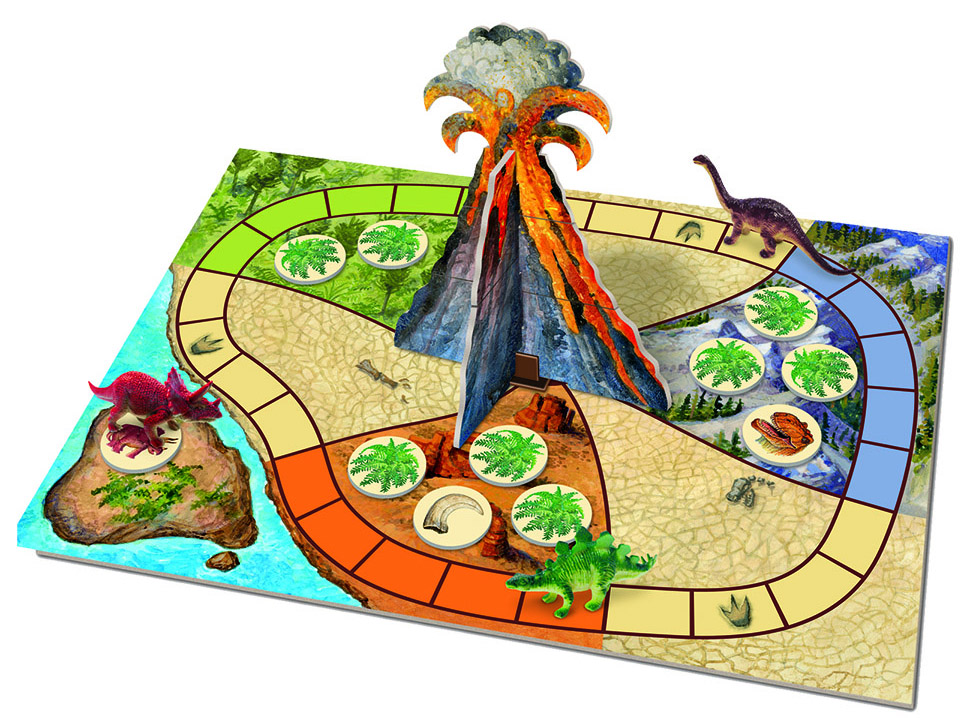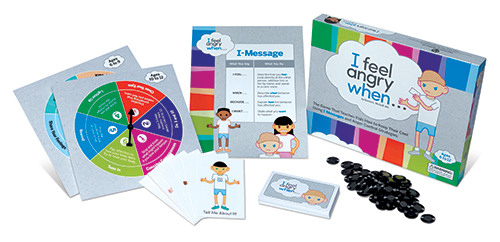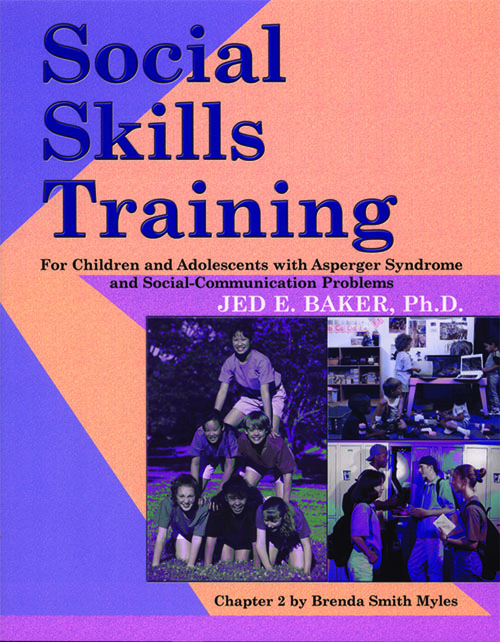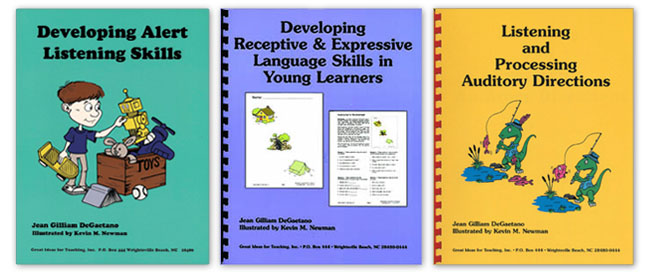NEW to our catalog are a set of cooperative games that foster teamwork, shared decision-making, and many more valuable skills, as learners work together to solve a common obstacle in the games. This week, you can save 15% on these cooperative games by using our promo code TEAMWORK at check-out.
![]()
In cooperative games, everyone plays together, no one is left out, and everyone has fun! Players work together as a team against a common obstacle, not against each other. Cooperative games emphasize play, not competition. Kids work together, they help each other and, most importantly, they play for fun! Cooperative games teach:
- Emotional development
- Shared decision making
- Creative problem solving
- A sense of community
- Positive self-esteem
- Playfulness
- Cooperation
 For kids who love dinosaurs, the Dinosaur Escape Game is a perfect way to teach strategy, memory, problem-solving, and following directions, as players work together to move all three dinosaurs safely to Dinosaur Island before the volcano erupts. Roll the die, move the dinosaurs around the board, uncover the matching dinosaurs under the fern tokens. But if you turn over the T-Rex, run! If players can find and help all three lost dinosaurs escape to Dinosaur Island before completing the 3-D volcano puzzle, everyone wins!
For kids who love dinosaurs, the Dinosaur Escape Game is a perfect way to teach strategy, memory, problem-solving, and following directions, as players work together to move all three dinosaurs safely to Dinosaur Island before the volcano erupts. Roll the die, move the dinosaurs around the board, uncover the matching dinosaurs under the fern tokens. But if you turn over the T-Rex, run! If players can find and help all three lost dinosaurs escape to Dinosaur Island before completing the 3-D volcano puzzle, everyone wins!
The game comes with 1 game board, 3 dinosaur movers, 1 die, 12 fern tokens, 5 volcano puzzle pieces and volcano stand.
 Younger learners will have an enjoyable time with the Friends and Neighbors Helping Game, as they work together to make matches between characters in distress and ways to help them! Can players help a little girl who’s sad because she’s standing out in the rain, or a boy who’s afraid of the dark? Children encounter characters with a problem and reach into the Helping Bag to pull out a token — can the token help someone on the game board? If so, it’s a match!
Younger learners will have an enjoyable time with the Friends and Neighbors Helping Game, as they work together to make matches between characters in distress and ways to help them! Can players help a little girl who’s sad because she’s standing out in the rain, or a boy who’s afraid of the dark? Children encounter characters with a problem and reach into the Helping Bag to pull out a token — can the token help someone on the game board? If so, it’s a match!
In playing the game and reading about the feelings and needs of the characters, parents can help their children recognize feelings in others — the first step to building empathy. The game comes with 4 game boards, 14 tokens, 1 Helping Bag, 1 Stop Sign board, parent guide, and a Friends and Neighbors book.
Don’t forget! You can take 15% off either of these new cooperative games by applying our promo code TEAMWORK when you place your order online or over the phone with us at (800) 853-1057.
*Promotion is valid until July 5, 2016 at 11:59pm ET. Offer cannot be applied to previous purchases, combined with any other offers, transferred, refunded, or redeemed and/or exchanged for cash or credit. Different Roads to Learning reserves the right to change or cancel this promotion at any time. To redeem offer at differentroads.com, enter promo code TEAMWORK at checkout.









 The Social Skills Picture Book
The Social Skills Picture Book


